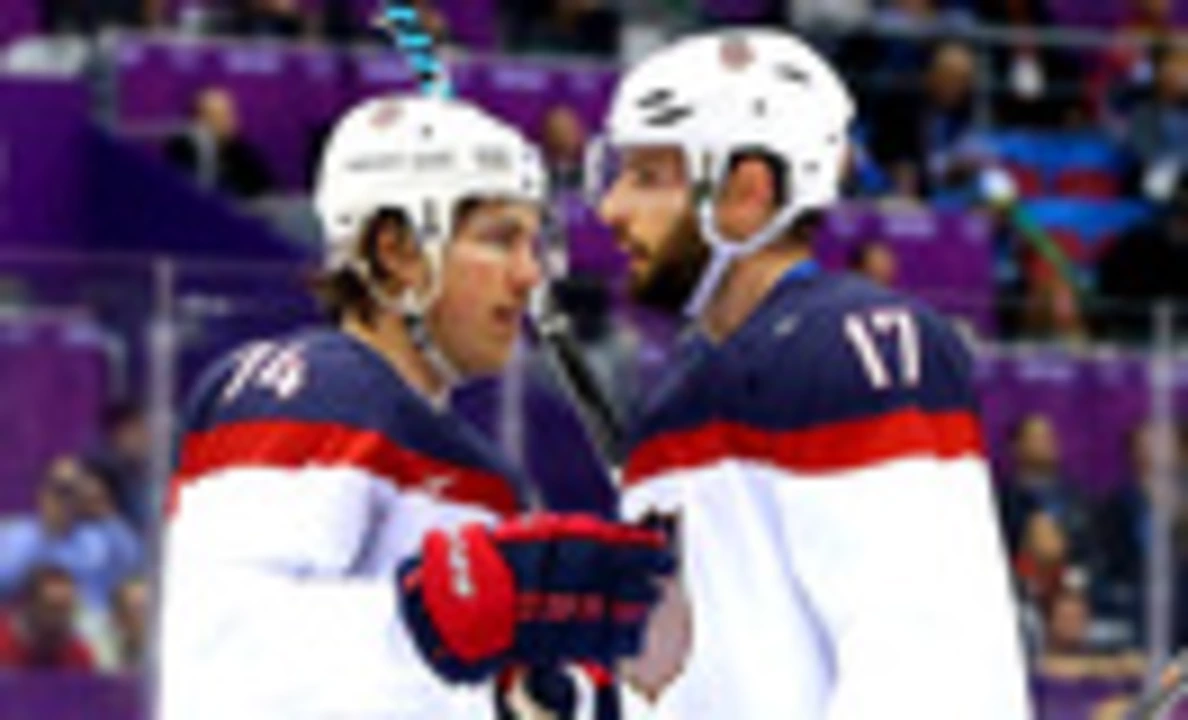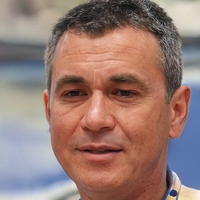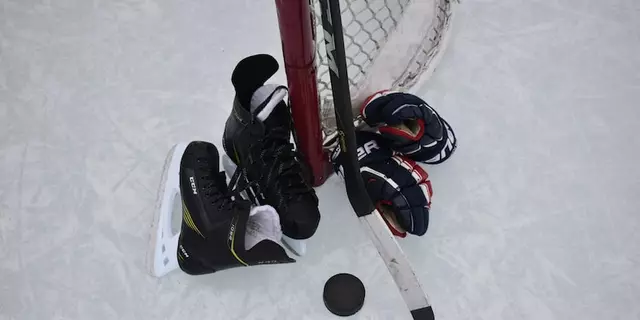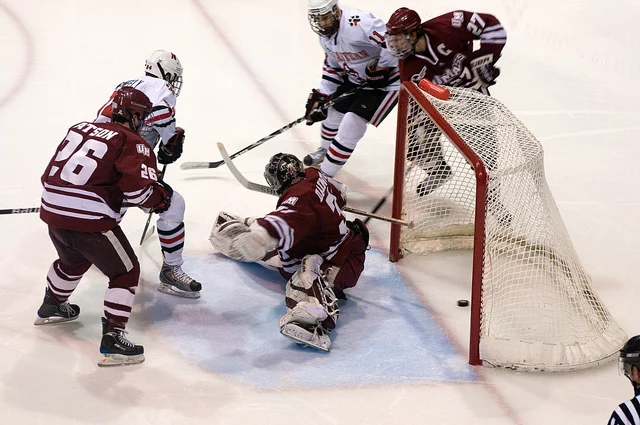
Introduction: Understanding Hockey Teams
As a lifelong hockey fan, I've always been fascinated by the intricacies of the game. One of the most common questions I get from people who are new to hockey is, "How many players are on a hockey team?" In this article, I'll be breaking down the different components of a hockey team, including roster sizes, positions, and the roles of various players. So, whether you're a seasoned fan or just starting to learn about this exciting sport, I hope you'll find this information helpful and informative.
Breaking Down the Roster: The Basics
At its core, a hockey team consists of a group of players working together to achieve a common goal: scoring goals and preventing the opposing team from doing the same. To do this, each team is allowed a certain number of players on their roster. In the National Hockey League (NHL), the premier professional hockey league in North America, teams are allowed to have a maximum of 23 active players on their roster. However, this number can vary depending on the league, as some minor or junior leagues may have smaller or larger roster sizes.
Of those players on a team's roster, 20 are eligible to play in a given game. This group of 20 is composed of 12 forwards, six defensemen, and two goaltenders. The remaining three players are considered "healthy scratches" and do not dress for the game. These scratches can be swapped in and out of the lineup as needed, allowing coaches to make adjustments based on injuries, performance, or other factors.
The Offensive Attack: Forwards
Now that we have a basic understanding of roster sizes, let's dive into the specific positions on a hockey team. The forwards are the players responsible for generating offense and scoring goals. These players are usually the fastest skaters on the team and possess strong puck-handling skills. Forwards are divided into three positions: centers, left wings, and right wings.
Centers are the playmakers of the team, responsible for winning faceoffs, distributing the puck to their linemates, and providing support on both offense and defense. Wingers, on the other hand, focus more on scoring goals and creating space for their teammates by driving to the net and battling along the boards. Each forward line generally consists of one center and two wingers, and teams typically have four forward lines that rotate throughout the game.
Defending the Blue Line: Defensemen
While the forwards focus on scoring goals, the defensemen are responsible for preventing the opposing team from doing the same. Defensemen are usually bigger and stronger than forwards, and they use their size and strength to block shots, separate opponents from the puck, and clear the zone. In addition to their defensive responsibilities, defensemen also play a key role in starting the offensive attack by moving the puck up the ice to the forwards.
Defensemen are divided into two positions: left defense and right defense. These positions are determined by the side of the ice they play on, with left defensemen playing on the left side and right defensemen on the right side. Teams generally have three defensive pairings that rotate throughout the game, with each pairing consisting of one left and one right defenseman.
The Last Line of Defense: Goaltenders
Without a doubt, the goaltender is one of the most important players on a hockey team. As the last line of defense, the goaltender's primary responsibility is to stop the opposing team from scoring by blocking shots and making saves. Goaltenders must possess excellent reflexes, agility, and positioning, as well as strong mental focus and resilience.
Each team carries two goaltenders on their roster, with one serving as the starter and the other as the backup. The starter typically plays the majority of the games, while the backup provides support and steps in when the starter is injured, fatigued, or underperforming. In some cases, teams may choose to split starts more evenly between their goaltenders, particularly if they have two strong options in net.
Team Management: Coaches and Staff
Behind every successful hockey team is a group of coaches and staff members working tirelessly to ensure that the players are prepared, motivated, and ready to compete. The head coach is responsible for developing game strategies, managing line combinations and defensive pairings, and making in-game adjustments. They are supported by a team of assistant coaches who specialize in various areas, such as offense, defense, goaltending, and special teams.
In addition to the coaching staff, hockey teams also employ a variety of support staff, including trainers, equipment managers, and medical professionals. These individuals play a crucial role in keeping the players healthy, safe, and performing at their best.
Developing Talent: The Farm System
Even though a team's active roster is limited to a certain number of players, organizations often have many more players under contract who are developing their skills in the minor leagues or junior hockey. These players, known as prospects, are part of the team's "farm system" and can be called up to the big club when needed, such as in the case of injuries or underperformance.
By cultivating a strong farm system, teams can ensure that they have a steady pipeline of talent to draw from, helping them maintain success both in the present and the future. This is particularly important in the salary cap era, as teams must carefully manage their budgets and make tough decisions about which players to sign, trade, or let go.
Conclusion: The Complex World of Hockey Rosters
In conclusion, the world of hockey rosters is a complex and fascinating one, with teams constantly adjusting and fine-tuning their lineups to maximize success both on and off the ice. From forwards, defensemen, and goaltenders to coaches, staff, and prospects, each member of a hockey organization plays a crucial role in the team's overall success. So the next time you're watching a game, take a moment to appreciate the hard work, skill, and dedication of each and every player on the ice – and the countless others working behind the scenes to make it all possible.
Related Posts
You may like these posts too



Write a comment